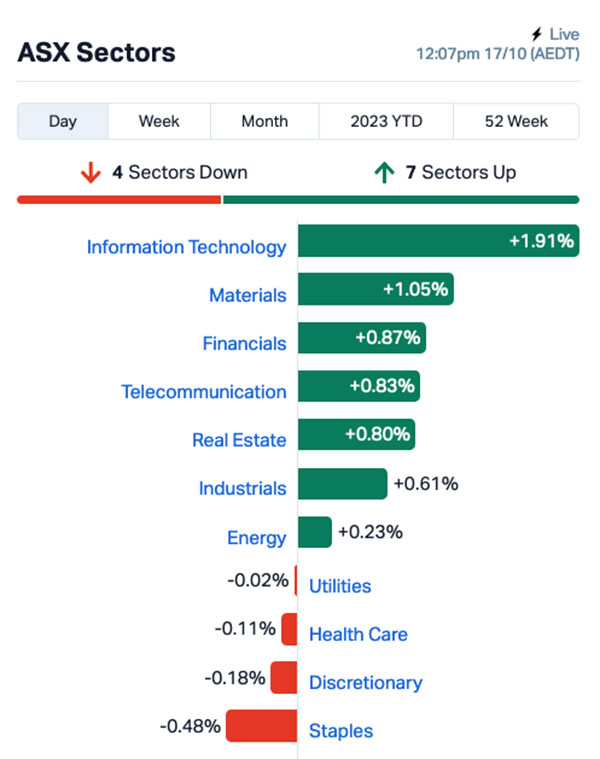Share drive: ASX courting startups to list – StartupSmart

When Freelancer finally listed on the Australian Securities Exchange in 2013, CEO Matt Barrie famously broke the ASX bell in excitement
It was a coming of age moment for the freelance marketplace startup, but also marked a significant turning point for tech companies going public in Australia, ASX business development manager Rory Cunningham says.
The ASX is currently embarking on a big pitch to convince more startups to go public, and to this end has been prominent at the SydStart conference .
The share market’s booth was fitted with a green screen so could entrepreneurs could take fake photos of themselves listing on the ASX.
Cunningham said his main role was going out and speaking with founders of early-stage startups and evangelising the virtues of the ASX, especially as part of an exit strategy.
“We want them to be able to engage with those companies and ensure they have all the information they need in order to make an objective decision about what options they have,” Cunningham tells StartupSmart.
“We’re industry agnostic but obviously in the last couple of years we’ve been focusing a lot on the tech sector.
“Every business and every entrepreneur should understand what access to finance they have in the ecosystem they operate.”
Success breeds success
It’s the successful public listings like Freelancer, and even Atlasssian’s in the US, that have helped foster this new enthusiasm for tech companies going public, Cunningham says.
“It’s extremely important we have success stories like that in Australia,” he says.
“Success breeds success. It all helps to build a story and capture the imagination of becoming a listed company.”
Some in the industry were saddened by Atlasssian’s decision to float overseas instead of within Australia, but Cunningham says it’s important this debate doesn’t boil down to a ‘one or the other’ argument.
“It’s important that it’s not an ‘either or’ conversation. It could be ‘this and’ conversation,” he says.
“There’s no reason why a company needs to choose between ASX or an overseas listing. You can actually do both.
“At the end of the day you’re looking to access as many investors as you can and make it simple for those investors to buy and sell shares in your company, and sometimes that’s what a duel listing helps facilitate.”
To list in Australia, a company must have over 300 shareholders and pass either a profits or asset test. For the profits test, it needs net profit of $1 million in the last three years, including $400,000 in the last 12 months.
Under the assets test, a company needs $3 million in net tangible assets or $10 million market capitalisation, and this is the route usually taken by startups, Cunningham says.
The virtues of going public
For Cunningham, the advantages of going public over seeking private funding are clear.
“The primary driver is obviously access to capital and getting the growth capital to inject into the business,” he says.
“There’s also access to follow-on capital. Once you’re in this environment you’ve got a ready base of investors that you’re constantly communicating with, and as you access that capital again you can go out to them and turn it around pretty quickly.
“There are also a whole bunch of ancillary benefits that come from that, and there’s visibility and transparency on the business. We often get feedback that once a company goes public the engagement with customers and suppliers has a lot more trust and transparency.”
While the arduous due diligence process is often listed as a downside to listing on the ASX, Cunningham says this effort pays off for startups in the long run.
“It’s a tough process that they go through, there’s a lot of rigor and due diligence, but often the feedback we receive is their business is in better place because they’ve had to put in that work. now they’re enjoying the fruits of that labour,” he says.
Do you know more on this story or have a tip of your own? Raising capital or launching a startup? Let us know. Follow StartupSmart on Facebook, Twitter, and LinkedIn.

